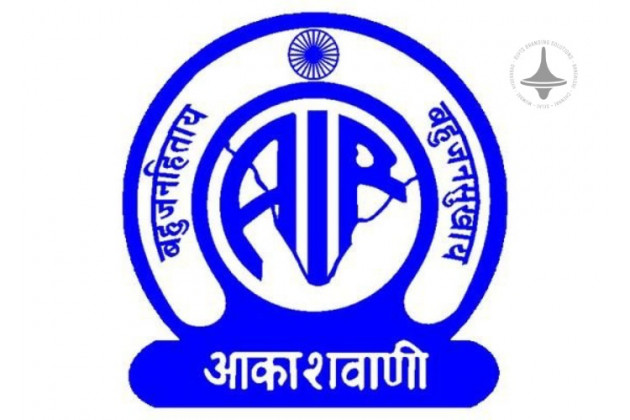Brands | Winning | Omnichannel Ad Strategies | Digital Marketing
-1140x300w.jpg)
In today’s hyperconnected world, consumer attention is fragmented across platforms, screens, and channels. From Instagram and YouTube to podcasts, websites, and in-store experiences, the average buyer interacts with a brand multiple times before making a purchase decision. This is where omnichannel advertising becomes a game-changer.
Brands that understand and implement omnichannel ad
strategies are not just reaching more people—they're creating seamless,
personalized, and consistent experiences that drive conversions and long-term
loyalty.
What Is an Omnichannel Ad Strategy?
An omnichannel ad strategy is an integrated approach
to marketing where a brand delivers a unified message across all channels and
platforms. Whether a consumer is browsing on mobile, shopping in-store, or
interacting on social media, the brand experience remains cohesive and relevant.
Unlike multichannel marketing, which simply uses different
channels independently, omnichannel marketing ensures all touchpoints are
connected and reinforce the same brand narrative.
Why Omnichannel Matters More Than Ever
According to recent data from Google, over 90% of
multiple device owners switch between screens to complete tasks. Meanwhile,
consumers who engage with a brand on more than one channel are
significantly more likely to make a purchase.
Here’s why this matters:
- Better
customer experience: A consistent, personalized journey keeps users
engaged.
- Higher
conversion rates: Repeated exposure across platforms builds trust and
familiarity.
- Improved
brand recall: Reinforcing your message across multiple platforms helps
your brand stay top-of-mind.
Key Elements of a Successful Omnichannel Ad Strategy
1. Customer-Centric Approach
Everything begins with understanding the customer journey.
Brands that excel at omnichannel marketing leverage data to map out where their
audience hangs out and how they interact at each stage of the funnel.
2. Integrated Technology
Marketing automation tools, CRMs, and AI-powered analytics
platforms help brands gather insights and create dynamic, cross-platform
campaigns. Tools like HubSpot, Salesforce, and Adobe Experience Cloud enable
seamless integration and real-time optimization.
3. Personalized Messaging
Omnichannel success hinges on personalization. Brands use
data to tailor ads based on demographics, behaviors, interests, and purchase
history. A Facebook carousel ad, a YouTube pre-roll, and a display banner might
each tell a different story—yet all support the same campaign goal.
4. Consistent Brand Voice
No matter where a customer encounters your brand—whether
it’s a TikTok ad or an email newsletter—the tone, visuals, and messaging need
to feel consistent. This builds trust and reinforces brand identity.
How Brands Are Winning Big
Nike: Bridging Digital and Physical Worlds
Nike seamlessly blends online and in-store experiences.
Their app lets users browse, order, or reserve shoes for in-store pickup.
Personalized emails and social media content keep customers engaged, while
geolocation tech offers hyper-targeted ads.
Starbucks: A Masterclass in Personalization
Starbucks uses purchase data from its rewards program to
serve tailored offers via email, mobile, and in-store digital displays. Their
strategy connects mobile ordering, loyalty programs, and physical locations for
a frictionless experience.
Coca-Cola: Localized Global Campaigns
Coca-Cola's campaigns span TV, digital, social, and physical
stores. They localize messaging while keeping brand identity intact. This
enables global impact with local relevance—an omnichannel strategy at its
finest.
Best Practices to Start Winning with Omnichannel Ads
- Start
with customer data: Use insights to shape campaigns that resonate
across touchpoints.
- Invest
in the right tech stack: Ensure systems can communicate and automate
effectively.
- Test
and iterate: A/B testing and performance analysis across channels help
fine-tune strategies.
- Break
down silos: Encourage cross-functional collaboration between
marketing, sales, and customer service teams.
Final Thoughts
As digital landscapes evolve, brands that fail to connect
the dots across channels risk being left behind. Omnichannel advertising is no
longer a luxury—it’s a necessity. The brands that are winning today are those
that can meet consumers where they are, speak their language, and offer value
at every touchpoint.
Elyts Advertising and Branding Solutions | www.elyts.in (India) | www.elyts.agency (UAE)






















Leave a Comment